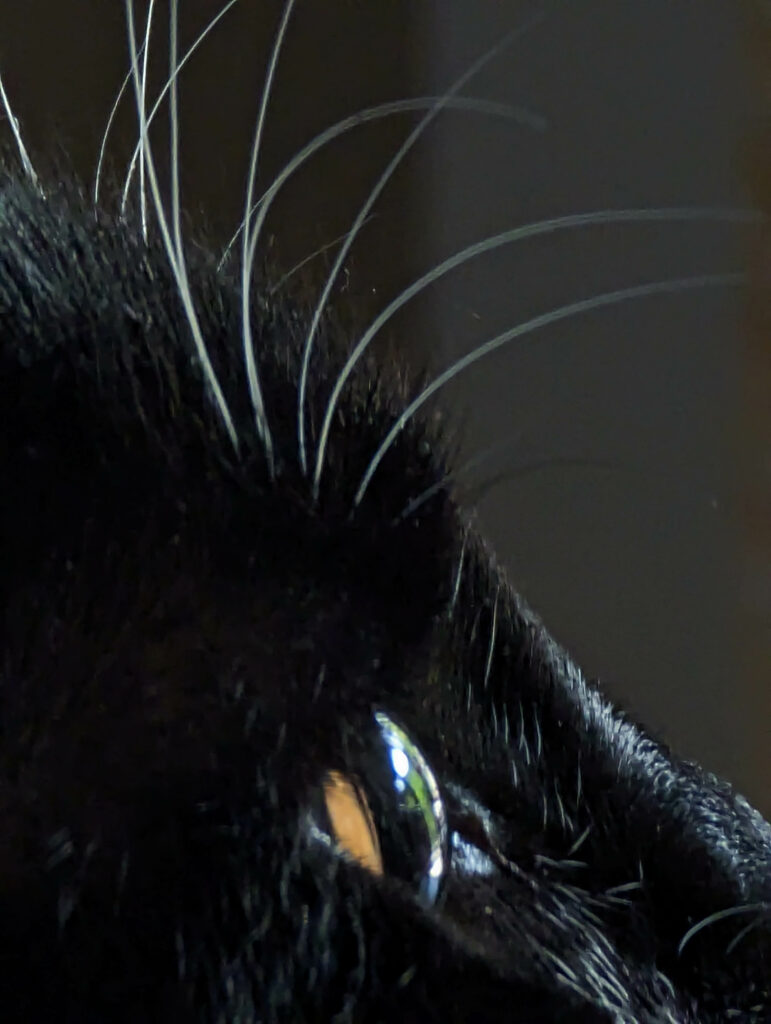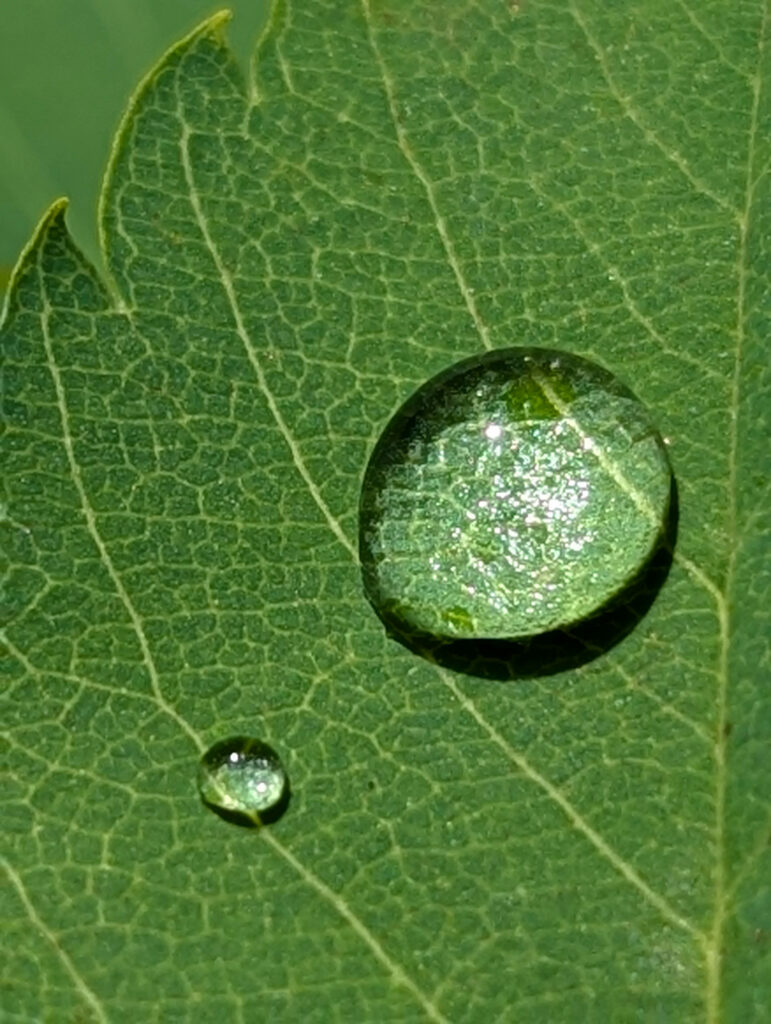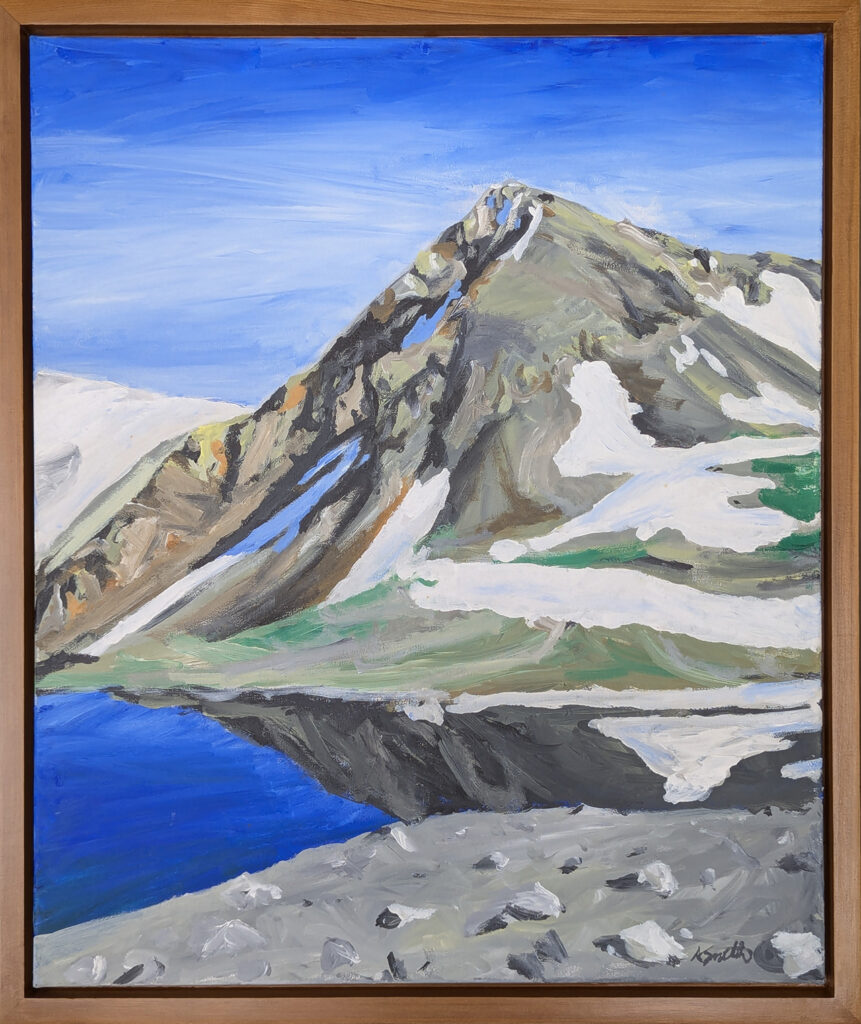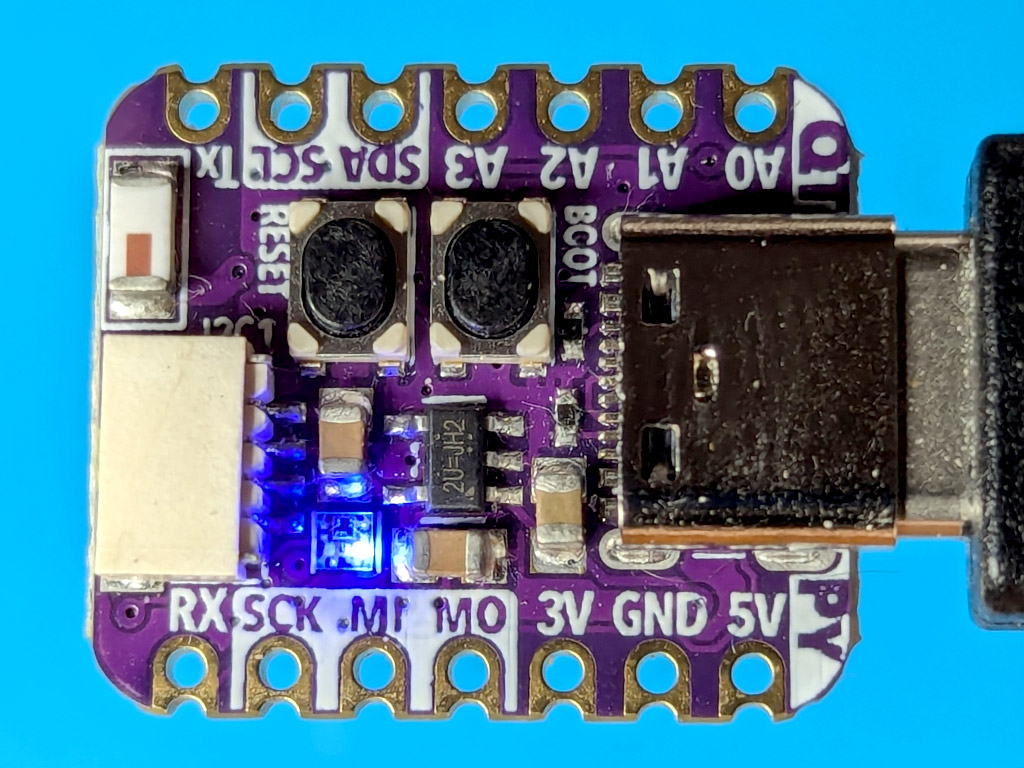



Summer in Garibaldi Provincial Park, British Columbia, is a breathtaking experience, where the natural world is alive with vibrant colours and serene beauty. One of the most stunning scenes unfolds at Russet Lake, where the iconic Fissile Mountain is mirrored perfectly in the still waters, creating a picturesque reflection that captures the heart of the alpine landscape.
In this alpine paradise, time seems to slow down, allowing for a deep appreciation of the natural beauty that surrounds you. The reflection of Fissile Mountain in Russet Lake painting is framed in Western Red Cedar which is a perfect encapsulation of the season’s warmth and splendor in the heart of Garibaldi Park.
Russet Lake by Andrew Smith
Acrylic on canvas
Framed by artist
20 x 24 in
$5900
A fun little challenge to myself this week was putting together these HTML input range type sliders to control the color of an LED.
Each color channel change triggers an update to read the value, convert it to a hex code (eg. #FF0000), update the output element value, and finally update the color picker swatch. The color input can also be used as a standard color picker. When a color is selected and the user clicks off the picker, the three sliders get updated appropriately.
Now, input range type sliders have been notoriously difficult to style in the past and I’ll admit I’m running this on Chrome only for myself.
As these sliders in Chrome are normally blue I only needed to style two simply with accent-color: red;accent-color: green;
On my local network I’m running a webserver on a tiny mircocontroller. When a client posts the form data, the LED on the ESP32-S3 changes color. That color persists and any new connections open the page with the latest assiged color.

[EDIT: The slider broke after a browser update. Turns out setting height is now required. The final CSS is: input[type="range"] { writing-mode: vertical-lr; direction: rtl; appearance: slider-vertical; height: 6rem; vertical-align: bottom; margin: 1rem 0rem;}]
Really upset to recently learn that Spark with Nora Young has been cancelled by the CBC, ending in June 2024. (Announcement episode)
One of the most intelligent, progressive technology-in-society news shows in Canada or anywhere for that matter.
Perhaps that it’s medium is radio and CBC execs are coached that they should lean elsewhere but this really stings to someone that promoted the values of this public resource. A real loss for Candians and the CBC.

I’m sure there may be some analytics of podcast downloads or something to back the end of this smart, timely subject matter but what effort was ever used to promote it?
The content is timeless and I hope it remains available for years to come because of the amazing guest interviews, Thank you and all the best in the future Nora.